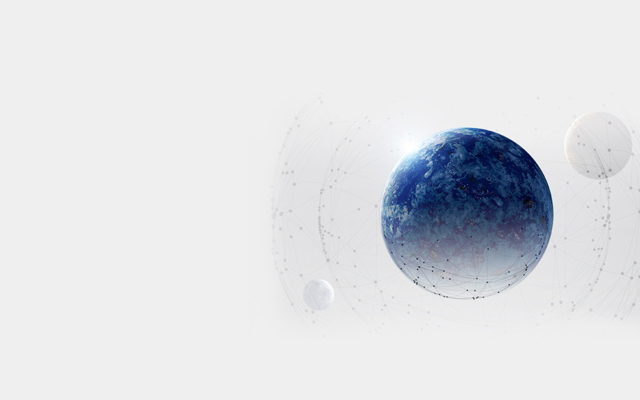Sputtering coating technology is widely used in the market. Decorations, electronic products, hardware, etc. are inseparable from the application of this pvd coating machine coating layer When it comes to coating technology, people will think of magnetron sputtering coating technology. What is the principle of magnetron sputtering vacuum coating technology?

Sputtering coating technology is widely used in the market. Decorations, electronic products, hardware, etc. are inseparable from the application of pvd coating machine in this field. When it comes to coating technology, people will think of magnetron sputtering coating technology. What is the principle of magnetron sputtering vacuum coating technology? Now let's talk about the technical principle of magnetron sputtering pvd coating machine in detail?
Sputtering: generally refers to magnetic control sputtering, which belongs to high-speed low-temperature sputtering method. This skill requires vacuum degree of 1 × 10-3 Torr, i.e. 1.3 × Under the vacuum condition of 10-3Pa, inert gas argon (Ar) is filled, and a high-voltage direct current is applied between the plastic substrate (anode) and the metal target (cathode), because the electrons generated by glow discharge excite inert gas and generate plasma, which blows out the atoms of the metal target and piles them on the plastic substrate
Charged particles with tens of electron volts or higher kinetic energy bombard the surface of the data to make it splash out into the gas phase, which can be used for etching and coating. The number of atoms sputtered by an incident ion is called the sputtering yield. The higher the yield is, the faster the sputtering speed is. The highest is Cu, Au, Ag, and the lowest is Ti, Mo, Ta, and W. Generally 0.1-10 atom/ion. Ions can generate a DC glow discharge. At 10-10 Pa vacuum, a high voltage is applied between the two electrodes to generate a discharge. Positive ions will bombard the negatively charged target and sputter the target, which will be plated on the coating.
The current density of normal glow discharge is related to the cathode material and shape, gas type pressure, etc. Keep it as stable as possible during sputtering. Any data can be sputtered. Even high melting point data can be simply sputtered, but non-conductive targets must be sputtered with RF or pulse; The sputtering power and speed are low due to poor conductivity. Metal sputtering power can reach 10W/cm2, non-metal<5W/cm2
The sputtering machine consists of a vacuum chamber, an exhaust system, a sputtering source and a control system. Sputtering source is divided into power supply and sputter gun. Magnetron sputtering gun is divided into planar type and cylindrical type. The planar type is divided into rectangular type and circular type. Target data utilization rate is 30-40%. Cylindrical target data utilization rate is more than 50%. Sputtering power supply is divided into: DC, RF, pulse. DC: 800-1000V (Max) conductor, which must be capable of arcing.
The operation method of magnetron sputtering is similar to that of general evaporation. First, vacuum to 1 × 10-2Pa, and then argon (Ar) ion is introduced to bombard the target at 5 × Attention shall be paid to current, voltage and pressure during sputtering under 10-1-1.0Pa pressure. If there is a spark in the sputtering at the beginning, the voltage can be slowly increased, and the shutdown can be turned off after the stable discharge In this process, ionized inert gas (Ar) cleans and exposes several fine pores on the surface of the plastic substrate, and generates a free radical through the cleaning of the electron and the surface of the self plastic substrate. Sputtering is applied under vacuum to form an external connective structure, so that the external connective structure and the free radical are filled and the chemical and physical connection with high adhesion is made, so as to form a film stably outside the surface In the meantime, the film is formed by roughly filling the plastic wool fiber pores with the appearance creation and then connecting them.
Compared with the conventional transpiration plating, the sputtering plating has the advantages of strong connection between the electroplating layer and the substrate - the adhesion is more than 10 times higher than that of transpiration plating, and the electroplating layer is fine and uniform Vacuum evaporation needs to vaporize metal or metal oxide, and the heating temperature cannot be too high, otherwise, metal gas will accumulate on the plastic substrate and burn it Sputtered particles are hardly affected by gravity. The orientation of target and substrate can be organized freely. The nucleation density of the film is high in the early stage of film formation, which can produce ultra-thin continuous films below 10nm. The target has a long life and can be produced automatically for a long time.
The target material can be made into various shapes. The special design of the cooperative machine platform can be used for very good control and the most powerful production sputtering. High voltage electric field is used to make plasma coating materials, and almost all high melting point metals, alloys and metal oxides are used, such as chromium, molybdenum, tungsten, titanium, silver, gold, etc Moreover, it is a process of forced accumulation. The adhesion between the electroplating layer and the plastic substrate obtained by using this technique is far higher than that obtained by vacuum evaporation. However, the processing cost is relatively high Vacuum sputtering of
pvd coating machine is a kind of skill to obtain films through ion collision. It is mainly divided into two categories: cathode sputtering and RF sputtering. Cathodic sputtering is generally used to sputter conductors, while radio frequency sputtering is generally used to sputter nonconductors in the environment required for cathodic sputtering: a, high vacuum to reduce the occurrence of oxides b, lazy skill gas, generally argon gas c, electric field d, magnetic field e, and cooling water to take away the high heat during sputtering.



